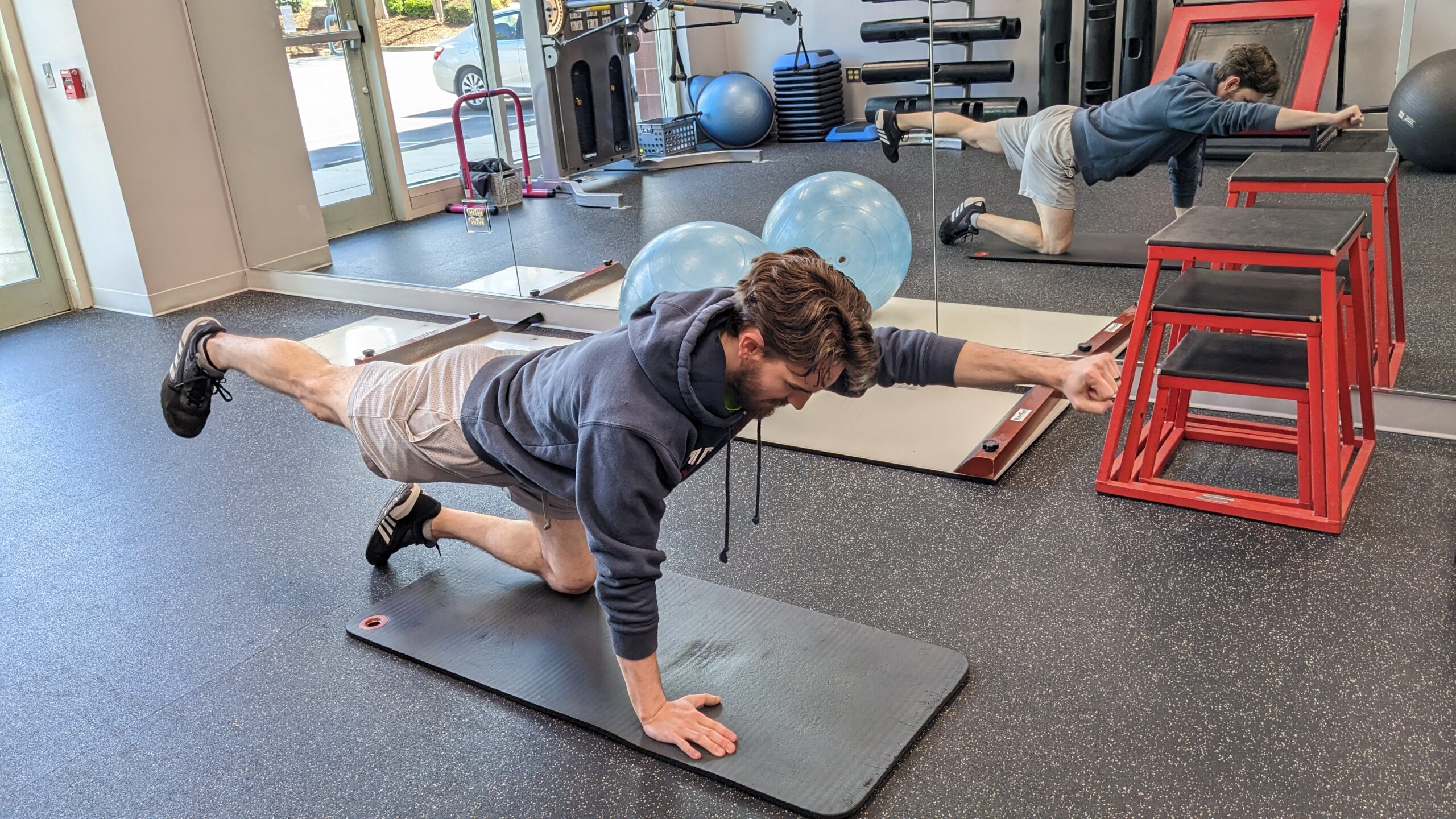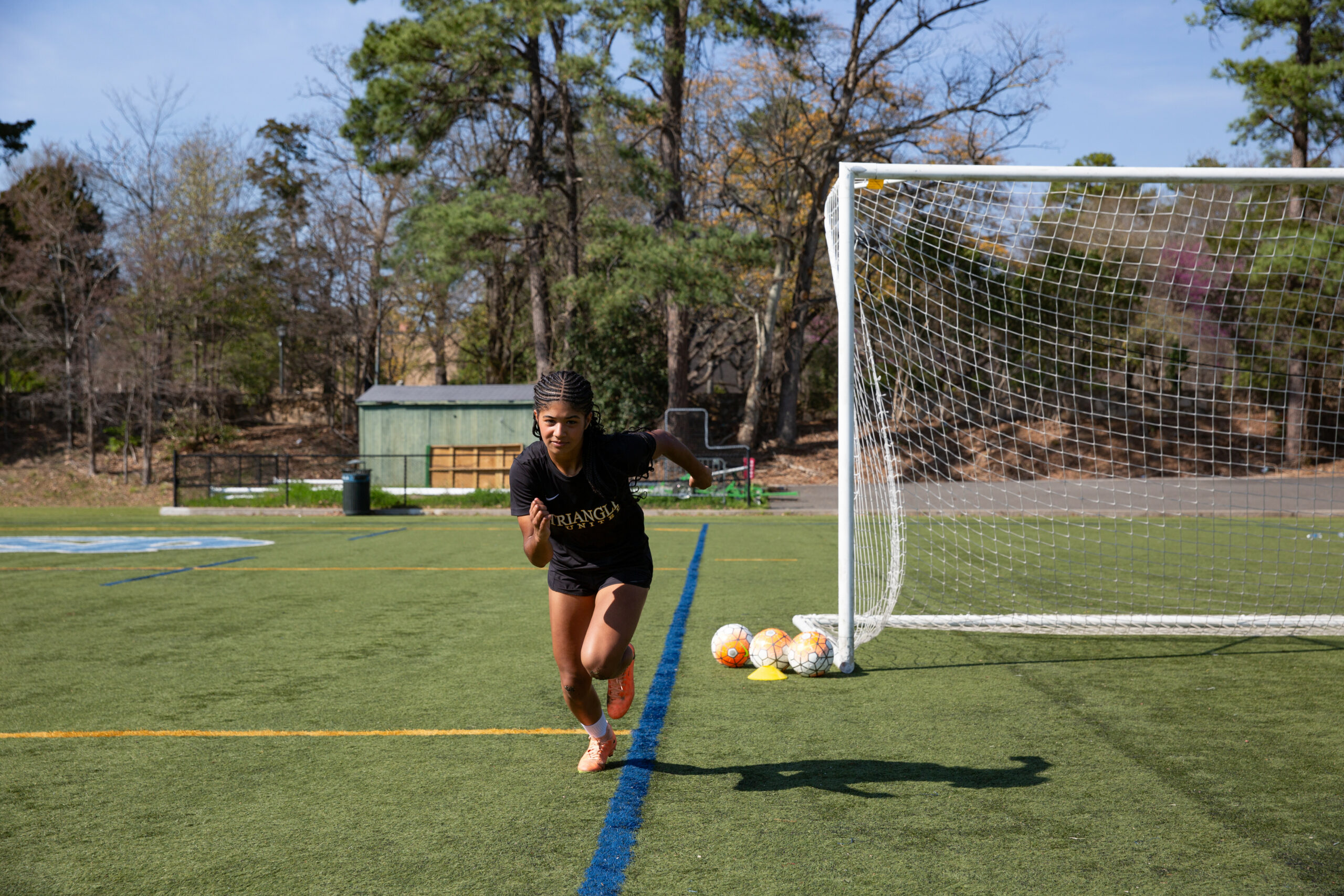Many people think “core” exclusively means abs, and that abs means crunches. In reality, the core is a myriad of muscles involved in the stabilization of the lumbar (lower) spine, hips, and ribcage. Someone could design a core circuit around trying to train each of those muscles individually. However, functionally it is rare that any core muscle works in isolation without the assistance of nearby muscles. Therefore, the circuit we’re outlining today isn’t about individual muscles, but functions of the core that will train the entire trunk.
Lying Leg Raises
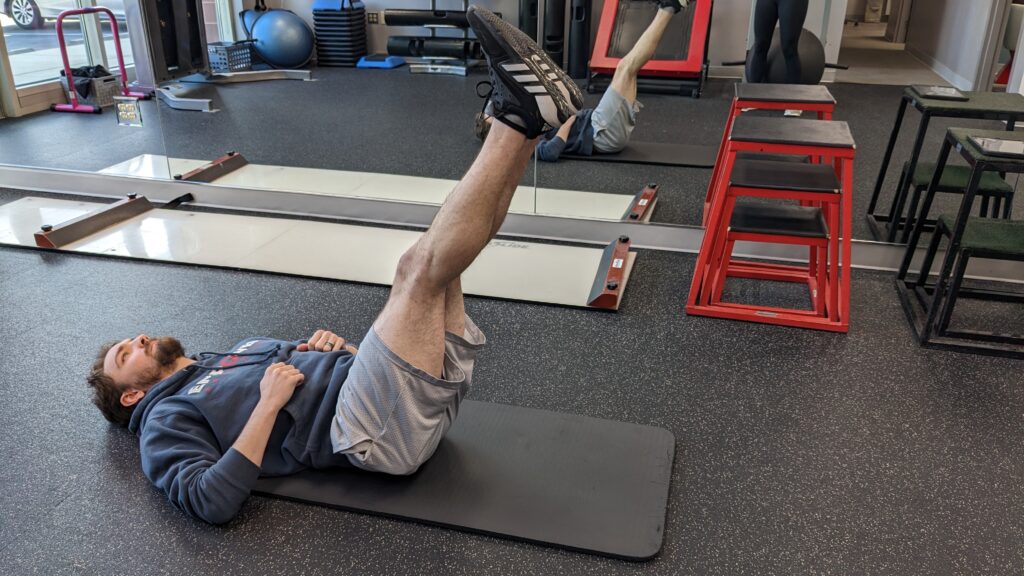

Lying leg raises involve flexion of both the lumbar spine and hip flexors. Don’t worry if you feel this more in the thighs/hips than in the core. This just means your hip flexors are the weakest link in the chain and need to be trained as well. Fortunately, that’s something this exercise does an amazing job of!
Stability Ball Crunches

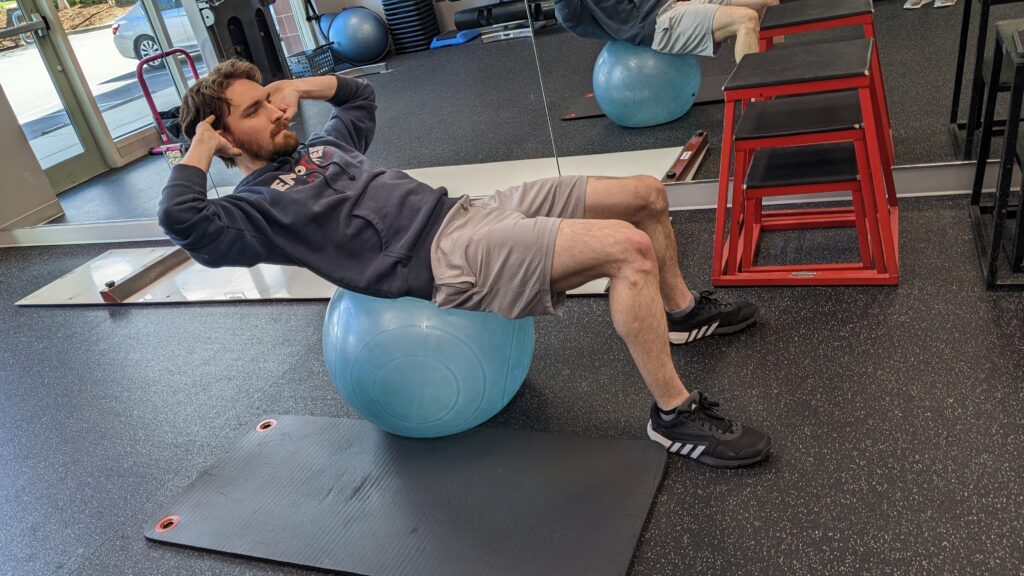
Stability ball crunches also involve flexion of the spine, but this time moving the ribcage instead of the hips. These have 2 distinct advantages over traditional crunches on the floor:
- The positioning on the stability ball allows for a longer stretch and increased range-of-motion for the abdominals, and
- The stability ball provides an unstable environment compared to the floor, forcing other muscles to stabilize.
Banded Pallof Press
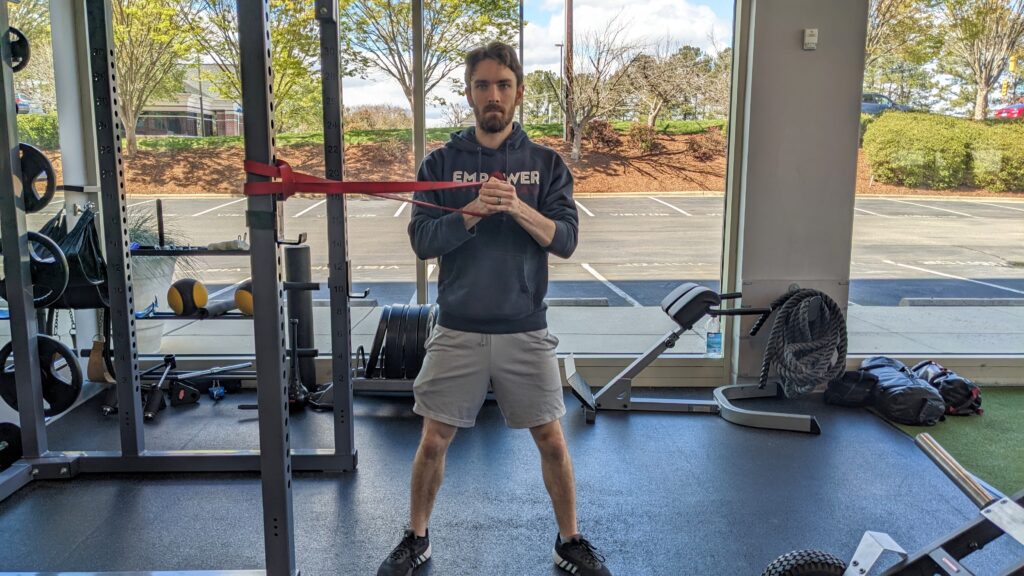

Palloff press is an excellent way to safely train spinal rotation via the method of anti-rotation, or actively resisting a rotational force. The obliques stabilize the spine, while resistance and instability are created through the change in the length of the band.
Suitcase Carry

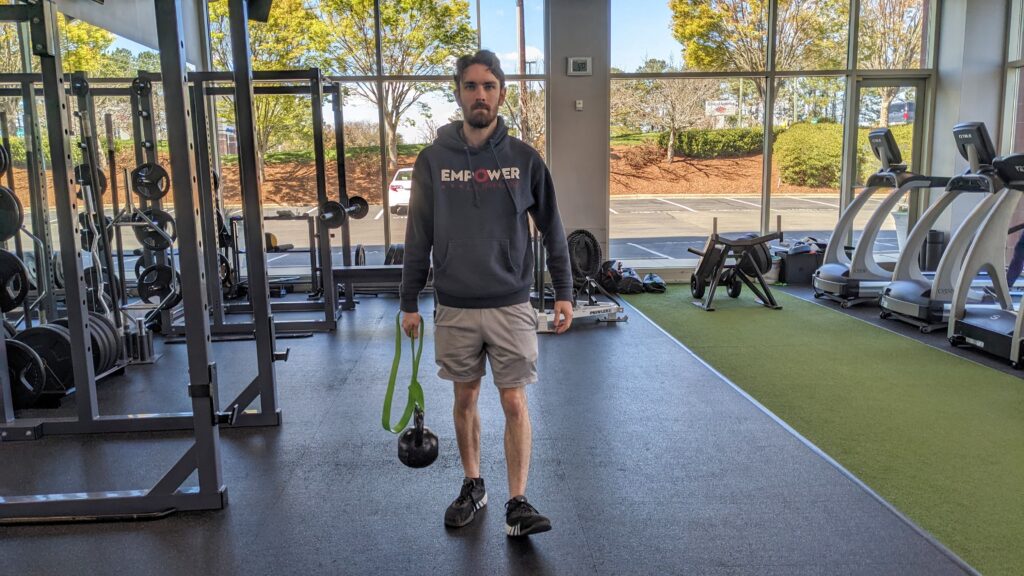
The Suitcase Carry is similar to the Pallof Press, but instead of training the obliques by anti-rotation it trains the obliques by anti-bending.
Bird Dog

While some people may think of Bird-Dog as a yoga pose, Bird-Dog is an excellent way to train the low back, an often overlooked aspect of trunk training. The ability to maintain a truly neutral spine while fighting the forces of your outstretched limbs is harder than it appears. Be honest with yourself, are those hips rotating?
Dead Bug


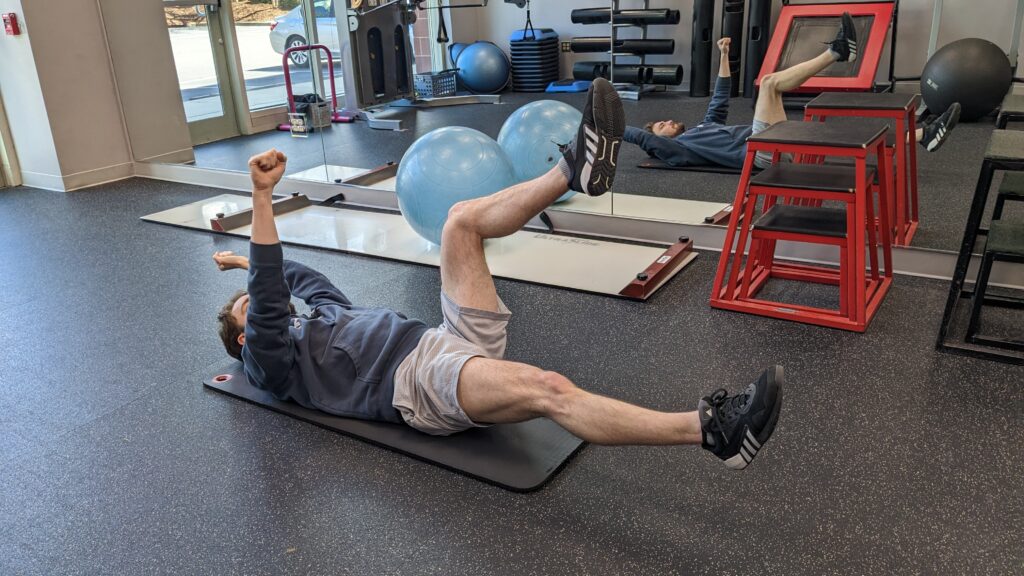
Dead Bug is the abdominal counterpart to Bird-Dog’s low back training, and a way to train spinal flexion while including both of the bottom and top half of the lumbar spine. Differently then our previous exercises that trained spinal flexion, the positioning of the body allows for the abdominals to be worked while keeping the torso in a completely neutral position.
Cat Cow
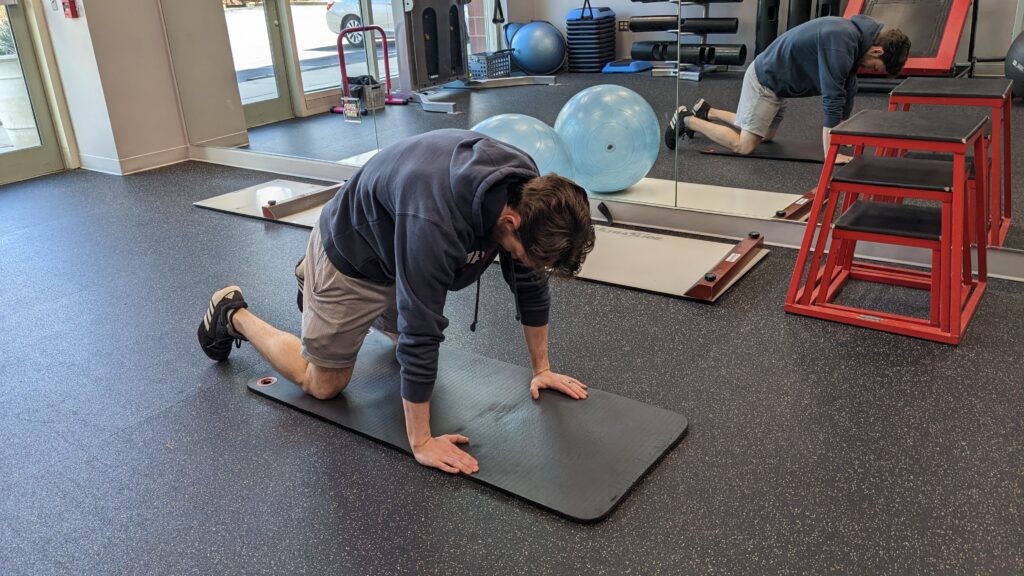

All of the exercises above are focused on spinal stability, which fits into the alternating pattern of stability and mobility on a joint-by-joint basis. However, constantly flexing a muscle group without providing it with some mobility and reprieve leaves the possibility of restricted mobility that can result in discomfort. Cat Cow is a great exercise that leaves the spine mostly unloaded, gently taking it through a larger range-of-motion and facilitating reasonable mobility.
While the exercises above make an all-encompassing core circuit, this list certainly isn’t exhaustive. Modifications for injury/discomfort, progressions based on ease of completion, and variety of exercises are things that can be explained by certified professionals, ideally within the scope of a larger exercise program. To set up a Free Initial Session with one of our certified trainers, click here.


